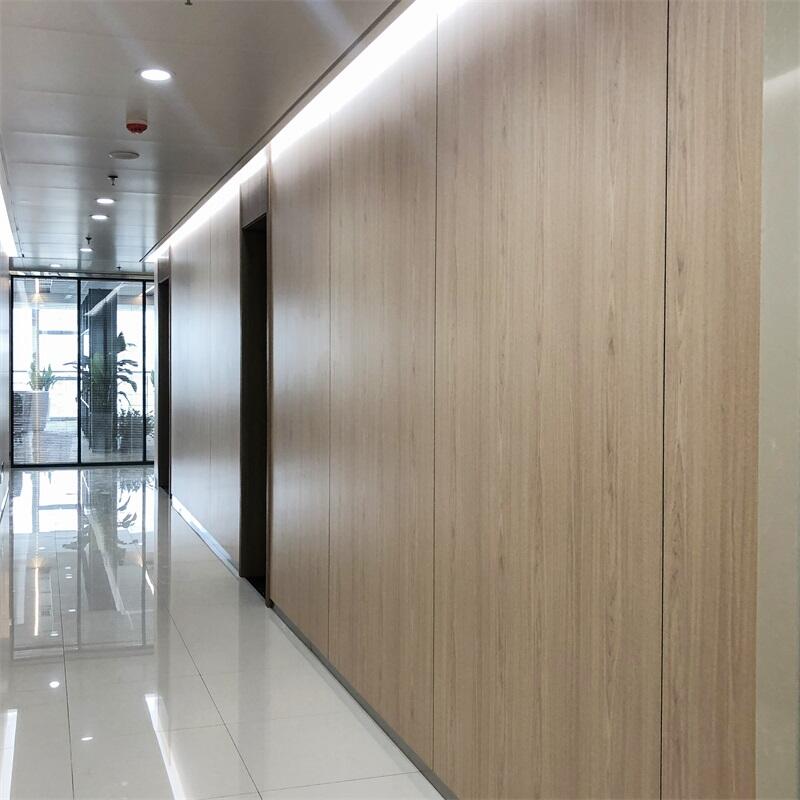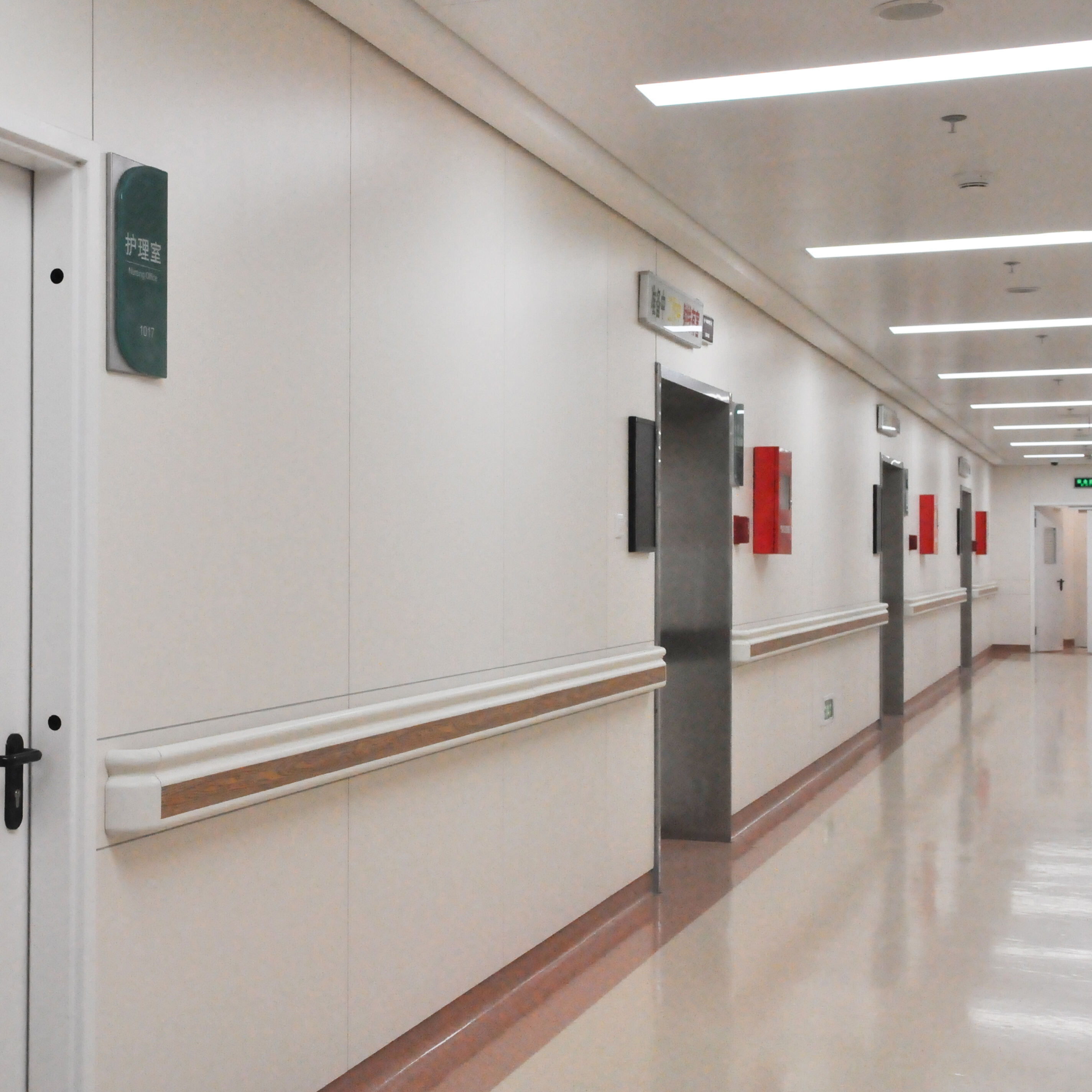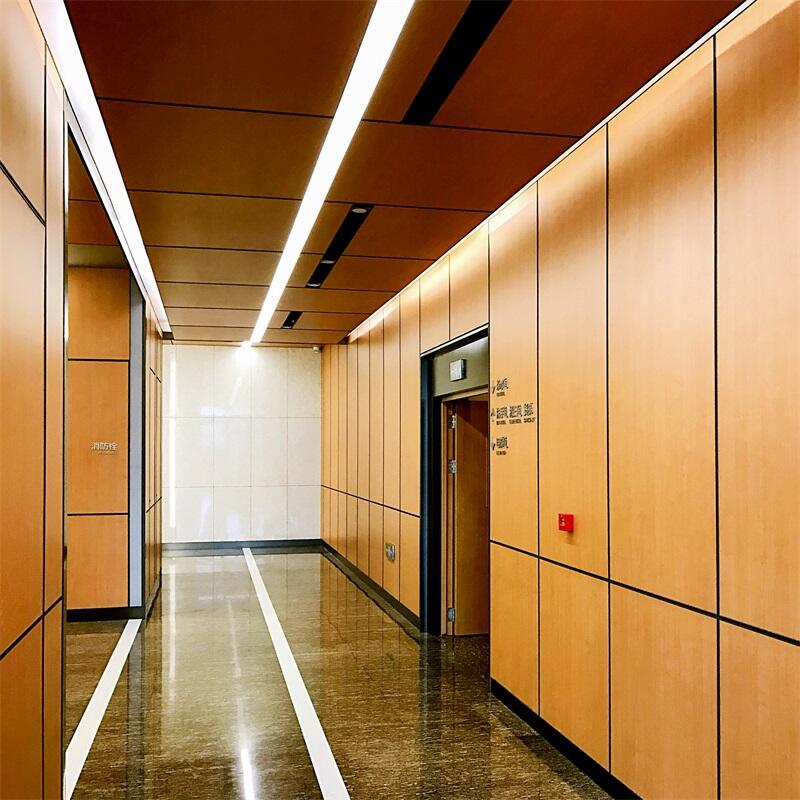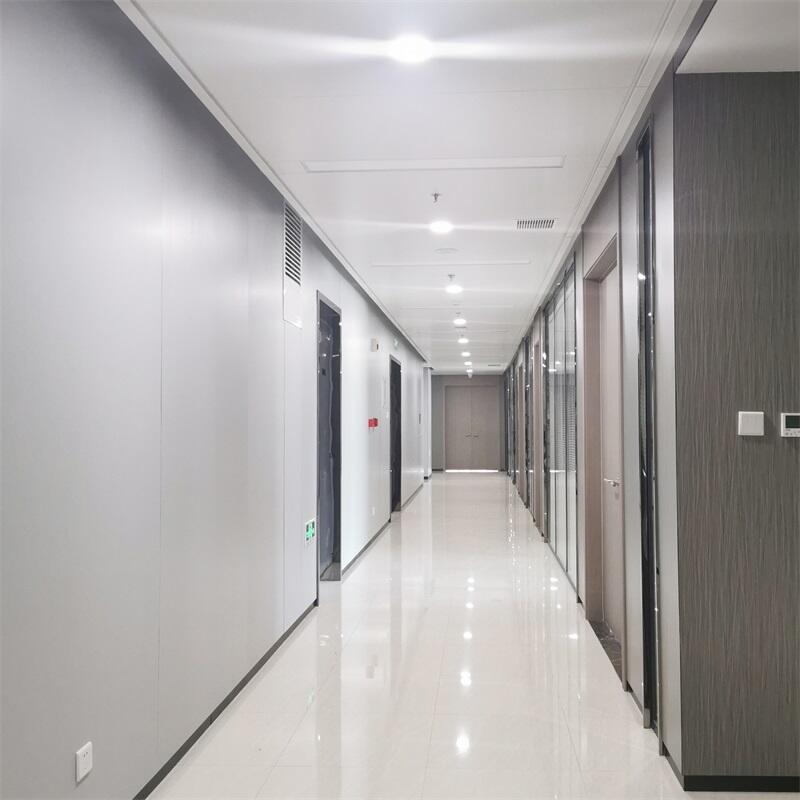Enhancing Aesthetic Appeal with Modern Wall Cladding
Versatile Design Options for Contemporary Spaces
Modern wall cladding offers a diverse array of design options, making it ideal for contemporary spaces. With a broad range of colors, finishes, and textures, these features can enhance specific design themes across the spectrum, from minimalist to industrial. The versatility allows designers to craft unique atmospheres that reflect modern art and lifestyle trends, thus making spaces more inviting and visually appealing. Additionally, innovative applications, such as accent walls or feature panels, provide dramatic transformations at a lower cost compared to traditional methods, allowing for creative interior styling without breaking the bank.
Integrating Textures and Patterns for Visual Depth
One of the key advantages of utilizing modern wall cladding is the integration of varied textures and patterns that add intricate details and create visual interest. By combining different materials such as wood and metal, cladding can facilitate an engaging visual contrast that sets the mood and defines areas within open-plan designs. Recent trends in wall cladding also emphasize the use of geometric patterns and organic shapes, which not only elevate the aesthetic value of a space but also complement biophilic design principles, capturing the beauty of natural forms.
Seamless Blending with Bathroom and Exterior Wall Panels
Wall cladding serves a dual purpose by providing seamless transitions between indoor and outdoor applications, a feature often sought in modern architectural designs. Specifically, bathroom wall panels are engineered to withstand moisture and mildew, which is crucial for maintaining aesthetics in high humidity environments. Exterior wall panels, on the other hand, enhance curb appeal while acting as protective barriers against environmental elements, thus promoting the structure's longevity and durability. This functionality exemplifies the practical benefits of wall cladding in maintaining both interior charm and external resilience.
Material Innovations in Wall Cladding Solutions
High-Pressure Laminate (HPL) for Sleek Finishes
High-Pressure Laminate (HPL) stands out in wall cladding solutions due to its impressive durability and lightweight composition. This makes it an ideal choice for both residential and commercial applications where lasting performance is crucial. One of the significant advantages of HPL is its extensive range of surface finishes. Whether you’re drawn to the understated elegance of a matte finish or the sophisticated allure of high-gloss and textured designs, HPL provides options that cater to modern design sensibilities. Besides aesthetics, HPL is exceptionally resistant to scratches, stains, and moisture, ensuring it remains a practical choice for high-traffic areas and wet environments.
Fire-Resistant Metal Cladding for Safety
Fire-resistant metal cladding solutions are essential in modern buildings for both safety and aesthetic purposes. These materials provide crucial fire protection, making them popular in high-rise structures. Typically classified as Class A fire-rated, these panels offer peace of mind by meeting stringent safety regulations while not compromising on design. The availability of innovative finishes and color options enables designers to explore creative possibilities, thus reflecting unique architectural statements seen around the globe. The integration of such safety features with design flexibility underscores the importance of fire-resistant metal cladding in construction.
Wood and Stone Alternatives for Natural Elegance
Those seeking a connection with nature often turn to wood and stone cladding options that bring warmth and sophistication to interior spaces. These materials are not only popular for their aesthetic appeal; they are also available in eco-friendly options like reclaimed wood and engineered stone, which support sustainable practices. Wood and stone cladding introduce natural textures into spaces, contributing positively to mental well-being—a concept that resonates with the biophilic design movement in modern architecture. This blend of sustainability and style makes wood and stone cladding a favored choice among eco-conscious consumers.
3D Panels for Dynamic Architectural Statements
3D wall panels introduce a distinctive dimension to architectural design by enhancing spatial dynamics through textures and patterns. These panels come in varied materials, such as plastic and natural fibers, enabling their customization for diverse uses in residential and commercial projects. The artistic interplay of light and shadow on 3D surfaces creates a rich, dynamic design experience that turns walls into conversation pieces. Beyond aesthetics, 3D panels can enhance acoustical properties, providing a dual benefit for enhancing the ambiance of a space. This makes them an excellent choice for those looking to make bold architectural statements while improving functionality.
Functional Benefits of Wall Cladding in Interior Design
Durability and Impact Resistance for High-Traffic Areas
Wall cladding materials exhibit excellent durability, making them ideal for high-traffic areas. This resilience helps mitigate damage from impacts and effectively reduces maintenance costs. Materials such as High-Pressure Laminate (HPL) and various metals are specifically engineered to withstand wear and tear, providing a long-lasting solution especially in commercial environments. Statistics indicate that spaces fitted with these durable cladding options often enjoy extended life cycles, with many products lasting between 10 to 20 years without requiring replacement. This ensures not only longevity but also cost-effectiveness in the maintenance of such surfaces over time.
Moisture and Stain Resistance in Bathroom Wall Panels
Modern bathroom wall panels are designed with advanced moisture-resistant properties, crucial for preventing mold growth and maintaining hygiene and aesthetics. These materials ensure surfaces remain stain-free, enhancing ease of cleaning while ensuring the longevity of the panels. The design innovations found in bathroom wall panels strike a perfect balance between functionality and appearance, keeping your spaces pristine and resilient in humid conditions. Research underscores that effective moisture management in bathrooms can dramatically reduce renovation costs over time, reflecting the pivotal role these panels play in smart architectural solutions.
Thermal and Acoustic Insulation Advantages
Wall cladding materials contribute significantly to enhanced thermal and acoustic insulation, offering practical benefits for both residential and commercial spaces. Demand for improved energy efficiency is addressed by these materials, which help lower heating and cooling costs through superior thermal insulation. Furthermore, without compromising on aesthetic appeal, these materials incorporate acoustic insulation that facilitates sound reduction in crowded environments, ultimately enhancing comfort. Evidence suggests that integrating effective insulation strategies can lead to a notable 15-30% reduction in energy bills annually, making them a wise choice for sustainable and comfortable building solutions.
Installation and Maintenance Simplified
Modular Designs for Quick Assembly
Modular wall cladding designs offer a streamlined approach to installation, significantly cutting down labor costs and time. These innovative systems are engineered for easy assembly, enabling quick adjustments during the installation phase—an ideal solution for contractors working on tight schedules. For example, the ease of replacing or upgrading individual panels ensures that the design remains versatile over time. Modular designs are particularly beneficial in maintaining both functionality and aesthetics in high-traffic environments without the hassle of complex installations.
Low-Maintenance Surfaces for Long-Term Use
Modern wall cladding materials are crafted with low-maintenance features, requiring minimal effort to keep them looking pristine. This characteristic is especially critical in commercial settings, where downtime due to maintenance can lead to increased operational costs. A study finds that property owners using these materials enjoy significant savings due to reduced cleaning and repair work. The simplicity of upkeep not only preserves the visual appeal of the space but also extends the lifespan of the installation, making it a cost-effective choice for long-term use.
Customizable Solutions for Complex Spaces
Custom wall cladding solutions are designed to accommodate irregular spaces, ensuring maximum coverage and aesthetic harmony. Tailored cladding can seamlessly integrate with existing architectural features, enhancing the overall design. During expert consultations, it's often found that custom solutions can resolve complex design challenges that standard options can't address. This level of personalization not only elevates the space's visual impact but also ensures that practical aspects, such as installation and integration, are efficiently managed.
Top Wall Cladding Products for Modern Interiors
Cost-Effective HPL Wall Claddings
Cost-effective solutions are crucial for modern interior design projects, particularly when budget constraints exist without compromising on quality. High-Pressure Laminate (HPL) wall claddings offer a balance between affordability and durability. These products come in various styles and colors, catering to diverse design themes, allowing customers to achieve desired looks without exceeding their budget. HPL is known for its resilience, minimizing the long-term costs often associated with repairs and replacements, making it an excellent choice for sustainable financial planning.
Class A Fire-Rated Metal Cladding Panels
Fire safety is paramount in building design, making Class A fire-rated metal cladding panels a critical component in modern interiors. These panels not only provide essential safety protection but also contribute to the aesthetic appeal of a building. With a variety of finishes and styles available, architects can design innovative spaces without sacrificing fire safety protocols. Such materials are especially relevant in industries like healthcare and education, where maintaining stringent safety standards is crucial while ensuring the building's architectural aesthetics are not compromised.
Interior HPL Wood Wall Cladding Panels
Interior HPL wood wall cladding panels offer the timeless beauty of wood complemented by the durability of HPL. These panels are a chic solution for spaces desiring a warm and inviting atmosphere while ensuring minimal maintenance needs over time. Recent market trends show a growing inclination towards wood-textured cladding within sectors like hospitality and residential design, attributed to its blend of aesthetic appeal and practicality.
Modern Decorative Interior Cladding Sheets
Modern decorative cladding sheets bring creativity to interior spaces through a variety of designs and patterns. These sheets can provide striking features for walls or accent areas, offering versatility and creative flair to otherwise static designs. The use of decorative cladding sheets is prevalent in high-end residential projects, as well as chic commercial designs, given their ability to enhance aesthetic appeal significantly.
Internal Wood Wall Cladding with Eco-Friendly Materials
Eco-friendly internal wood wall cladding supports sustainable interior design by using renewable resources. These claddings are not only durable but also align with modern ecological principles, reflecting the current market shift toward sustainable living. As designers increasingly prioritize environmental consciousness, eco-friendly materials are becoming the preferred choice for projects that demand both stylish and sustainable solutions.





